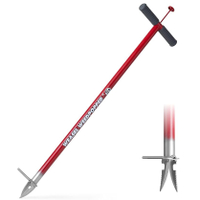What is crabgrass and why is it bad for your lawn?
Discover why crabgrass is damaging your lawn
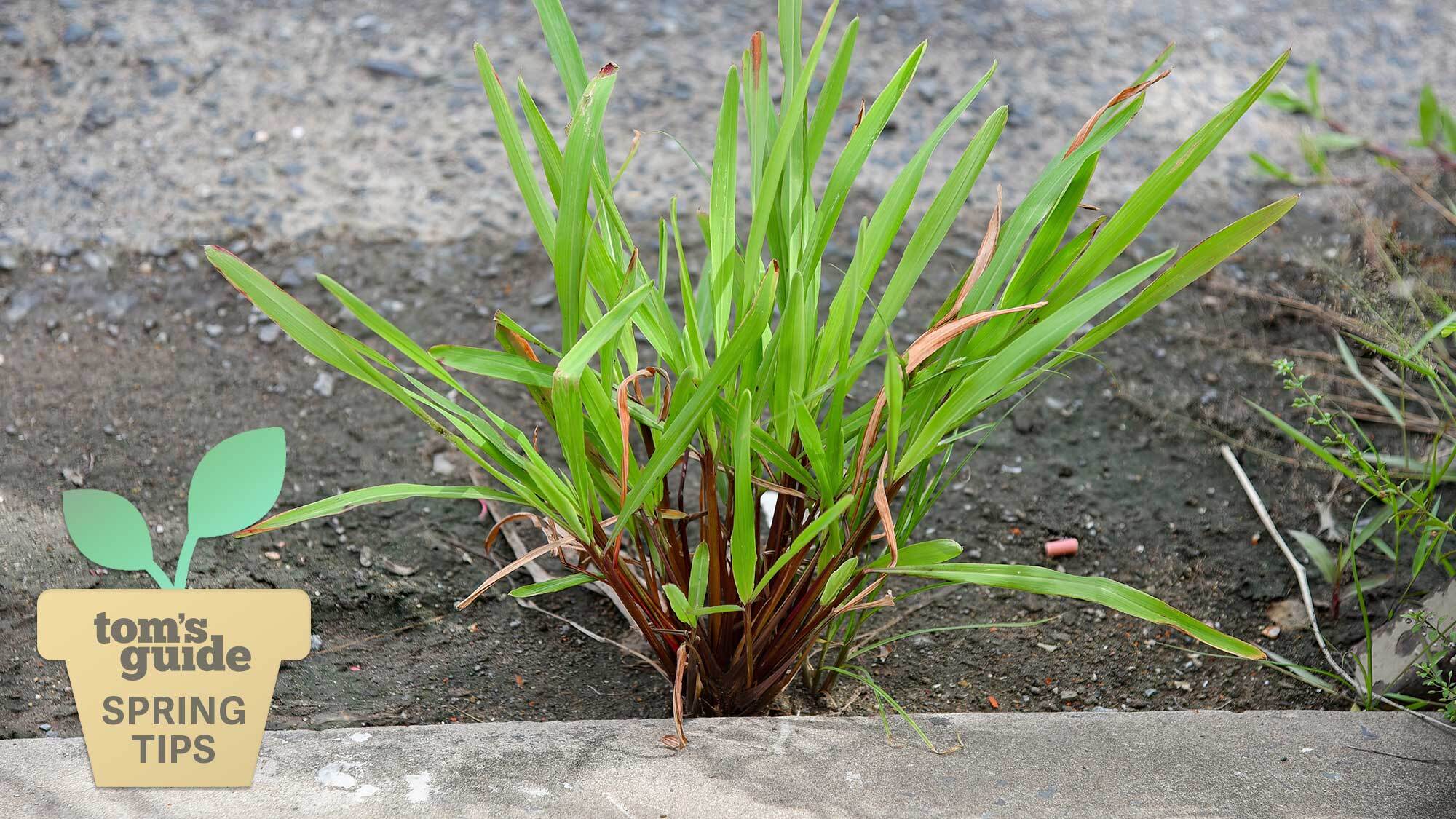
Do you dream of a perfect lawn that’s green, luscious, and weed-free? Achieving a blanket of green in your yard will take some work, but it is doable if you know which weeds to look out for.
Crabgrass is one of the worst weeds that rears its ugly head in the spring and continues to thrive through the summer. It loves to settle in grass and can turn even the most beautiful carpet of lawn into a tardy mess.
Here, we explain what crabgrass is, what it looks like, and why it is bad for your lawn, giving you all the tips to help you keep your grass weed-free.
What is crabgrass?
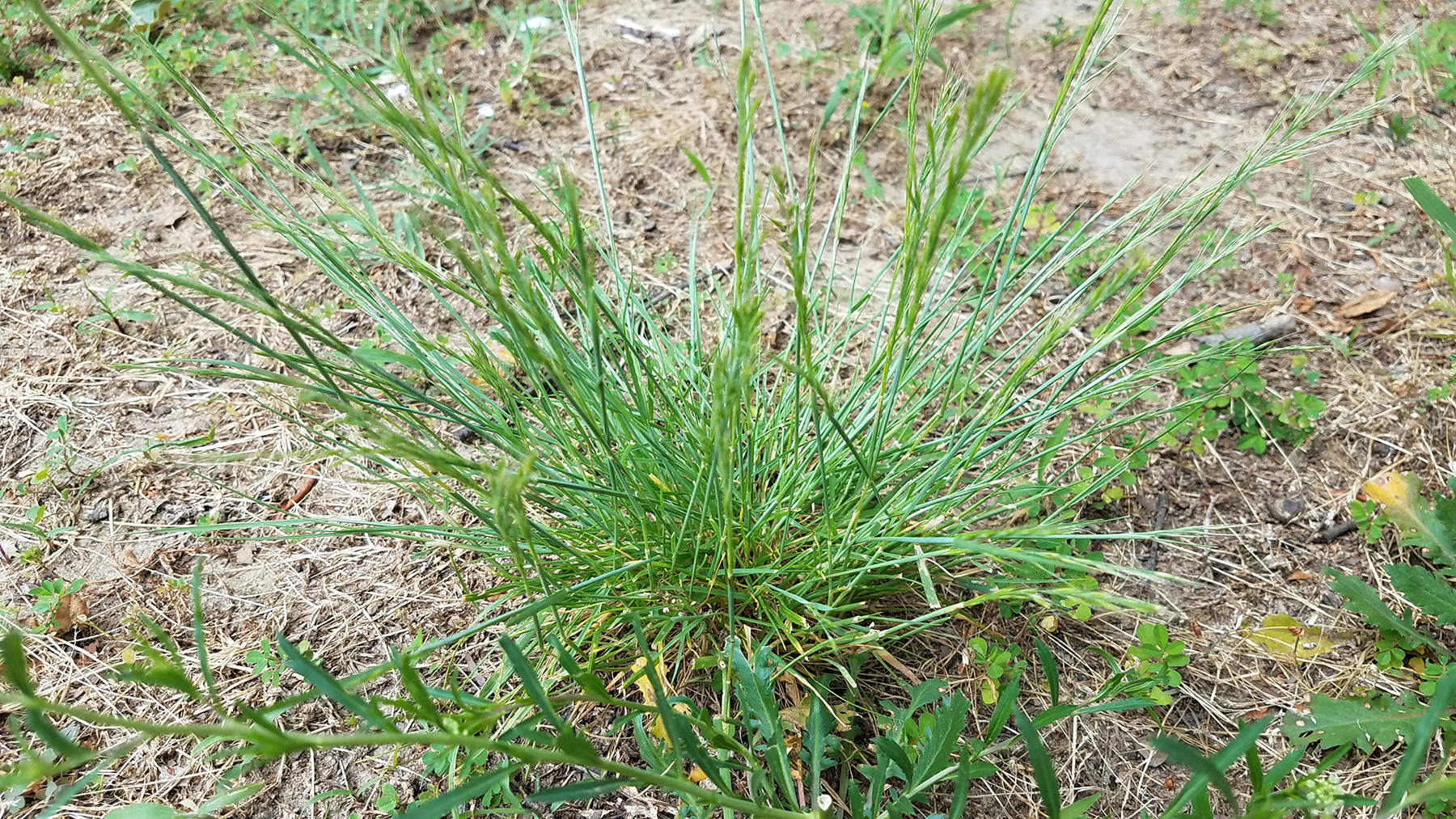
“Crabgrass will grow just about anywhere that it can get a foothold”
Common crabgrass is among the most undesirable and dominant weeds in home lawns. Katie Dubow, president at Garden Media Group and QVC presenter for Cottage Farms Direct, explains, “It has a sprawling growth, a coarse texture, and the ability to thrive in harsh conditions. It grows rapidly during the hot summer months and produces a large number of seeds, which can quickly spread and dominate a lawn.”
Ryan Farley, CEO at LawnStarter, describes it as a tropical variety of grass “that’s especially good at taking advantage of poor soil and bare spots in good soil.”
Although crabgrass thrives in the summer, Dubow explains its growing pattern, from spring through to fall. “Crabgrass is a warm-season annual weed, which germinates in the spring when soil temperatures rise and continues to grow throughout the summer. By fall, it dies back after seeding, unlike perennial turfgrass, which remains green if conditions allow.”
What does crabgrass look like?
Crabgrass can be identified by its crab-like appearance, with Farley describing its telltale appearance forming a tufted pattern, with stalky leaves radiating out from a central point, just like a crab.
Sign up to get the BEST of Tom's Guide direct to your inbox.
Get instant access to breaking news, the hottest reviews, great deals and helpful tips.
Dubow adds that it has wide, flat leaf blades that are light green, “The leaves are coarse in texture and grow in a clump-forming pattern. Unlike turfgrass, which tends to grow more upright, crabgrass sprawls along the ground and can create mats.”
But how easy is it to tell crabgrass apart from other weeds? One of its most distinctive features is its seed heads, which Dubow describes as “finger-like spikes“ that extend from the top of the stems, “Each spike can hold many seeds and is usually very noticeable when the plant is mature.“
What’s the difference between smooth and hairy crabgrass?
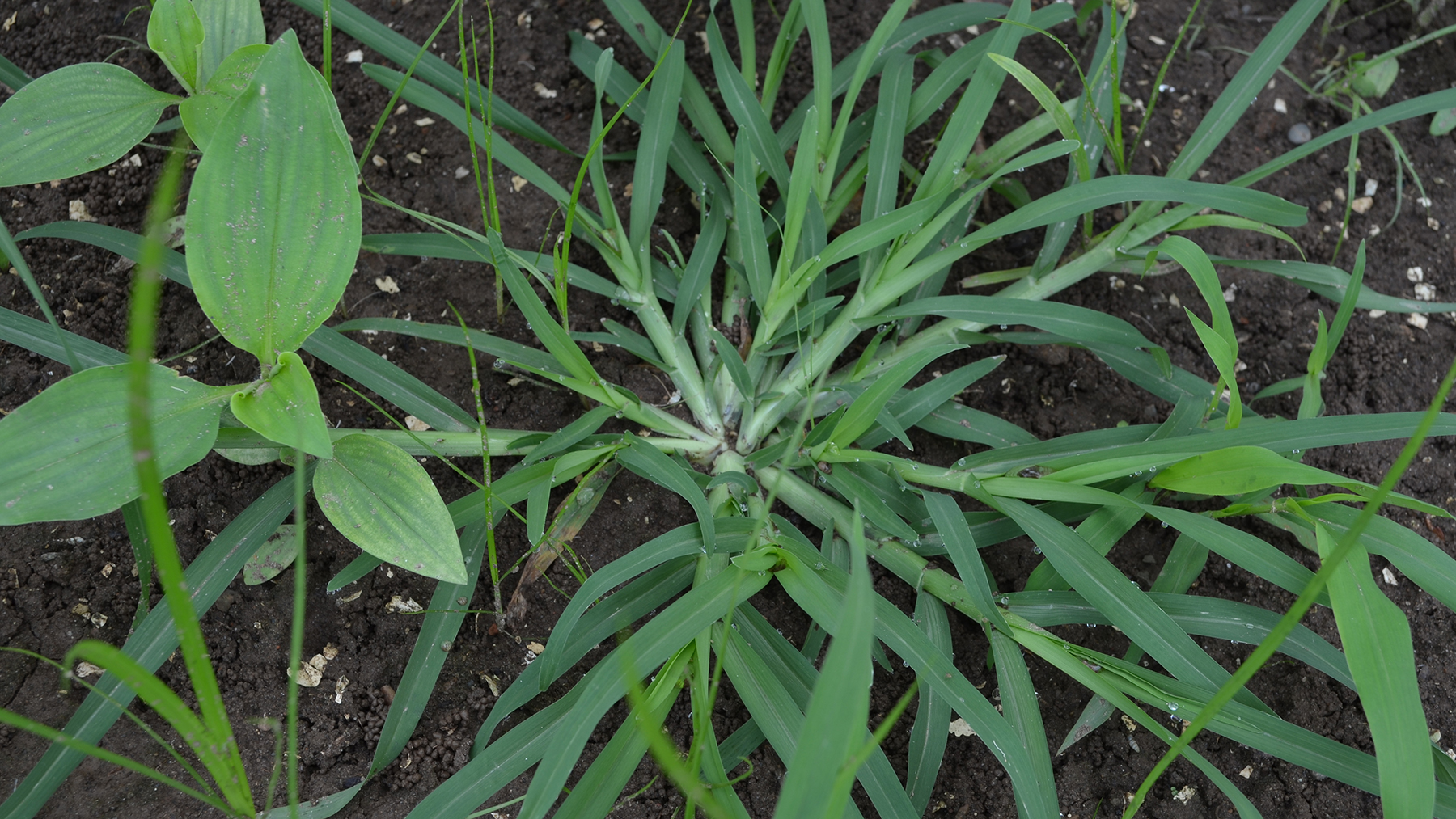
Smooth crabgrass, also known as small crabgrass, is much less common than hairy crabgrass and only has hairs around the collar region of the leaf sheaf. Predictably, it’s softer to the touch than its hairy counterpart, with Dubow explaining that the leaves are also shorter and narrower, although it can grow up to around 6 inches. Colorwise, it also tends to be a lighter green.
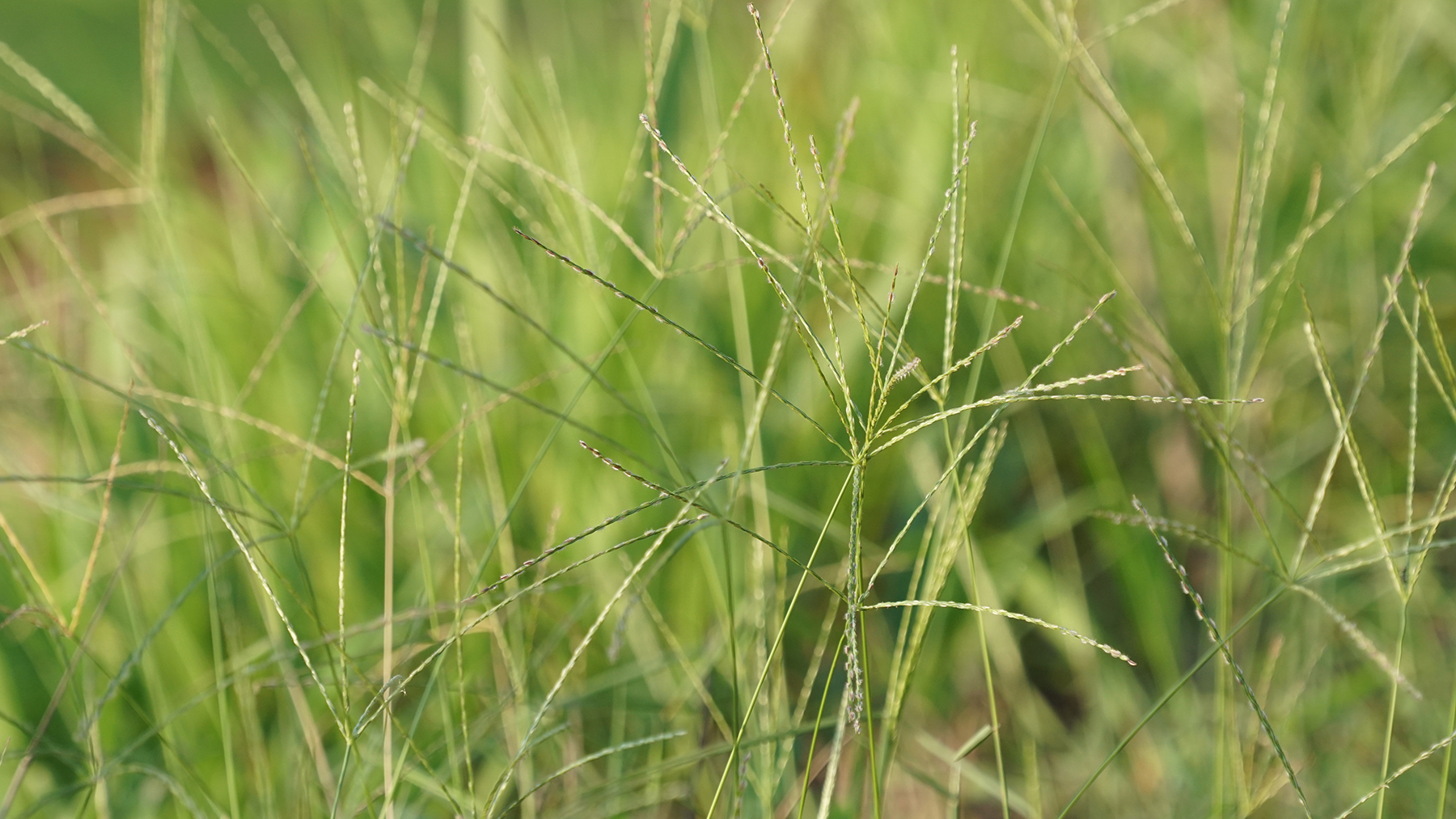
Hairy crabgrass, or long crabgrass, gets its name from small, fine hairs that grow on both sides of its leaves and its leaf sheath. Its leaves are broader than smooth crabgrass, and it grows taller. “Both types exhibit a clumping, sprawling growth pattern,” says Dubow, adding that the additional hairs on hairy crabgrass makes it slightly more resilient against drought and poor soil.
There’s also another distinction between the two. Bryan Clayton, CEO at GreenPal, says, “Smooth crabgrass is more common in compacted soils, while hairy crabgrass likes it a bit looser and richer.”
What is a leaf sheath?
This is a cylindrical structure at the base of a leafstalk that protects the stem.
Where is crabgrass likely to appear?
“Crabgrass will grow just about anywhere that it can get a foothold,“ says Farley, “It’s good at growing in sandy soil, in driveway cracks, and recently disturbed soil.”
Clayton describes it as a “survivor“ that will thrive in areas where the turf is weak or sparse and where there is less competition for space, light, and nutrients. Its invasive nature means it can quickly take over if not controlled.
Dubow mentions that crabgrass favors high temperatures and dry soils and thrives in warm, full sun, while it’s more likely to pop up in poorly maintained lawns.
Why is crabgrass bad for your lawn?
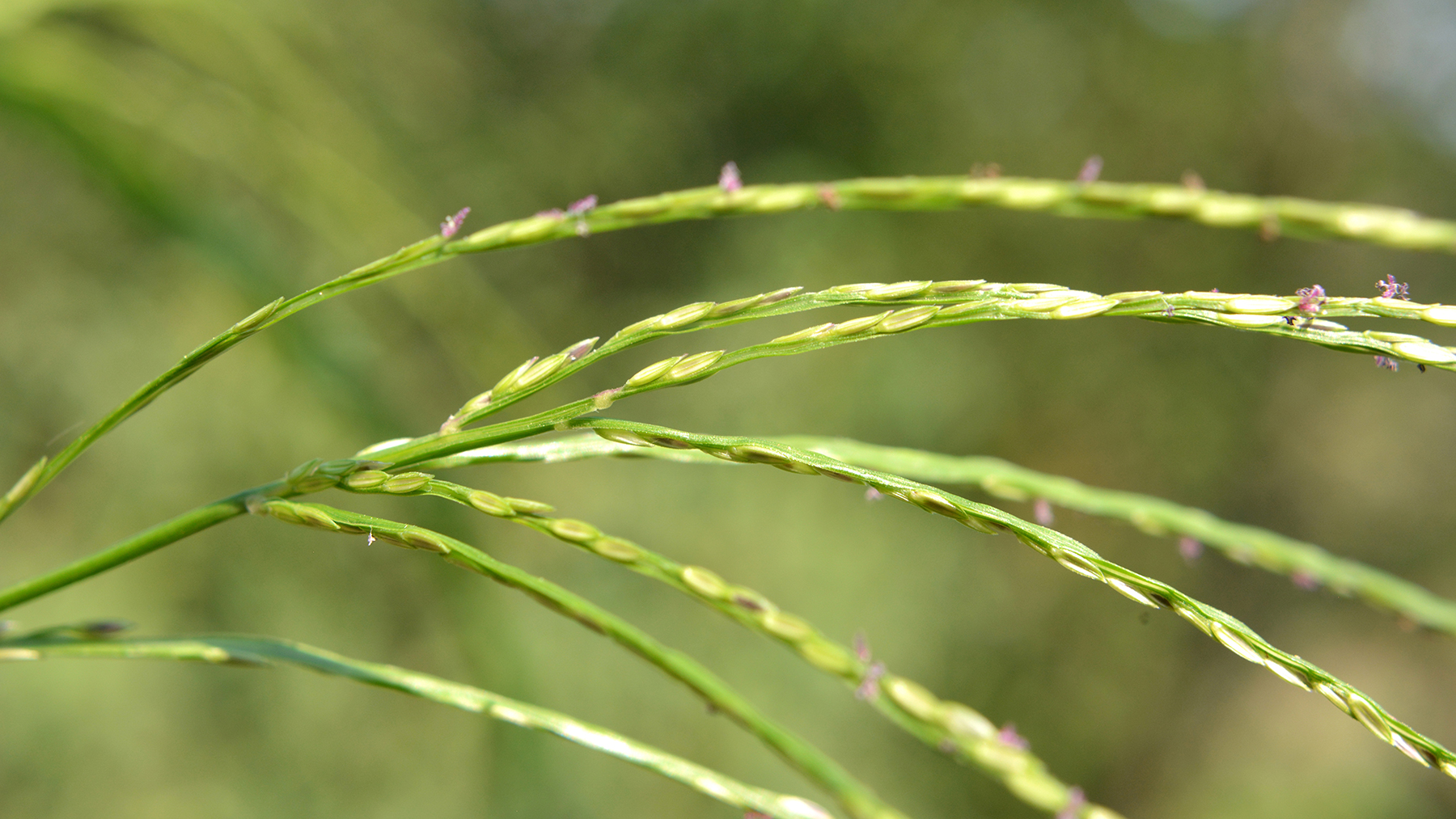
Farley says the main problem with crabgrass is that it’s opportunistic, “It will grow just about anywhere and potentially crowd out desirable plants.”
Dubow also recognises its aggressive nature and says crabgrass will kill your desired turfgrass. However, it dies back in the fall, causing another issue: brown patches are left behind, which provide conditions for other weeds to establish.
A further problem with crabgrass is its seeds. “The seeds remain viable in the soil for many years, making it a persistent and challenging weed to control,” she adds.
Garden Weasel WeedPopper: $22 @ Amazon
This long-handled garden weeding tool has a step and twist action suitable for removing crabgrass and dandelions, without the need to bend over. With carbon steel blades, this durable weeder comes with a lifetime guarantee.
How can you prevent crabgrass?
Proper lawn care is the first step in controlling crabgrass and other weeds, such as dandelions. Dubow advises that the main preventative measure is growing a dense turf, which helps prevent sunlight from reaching weed seeds so fewer seeds can germinate. She also recommends mowing your lawn at the right height for your lawn type, as it will help keep it shady and prevent seed germination.
You can also apply products to your lawn to prevent crabgrass from growing. “While turf is recuperating from winter dormancy, apply a pre-emergent herbicide to keep crabgrass at bay,” advises Dubow.
Also known as a crabgrass preventer, a pre-emergent herbicide, such as Scotts Turf Builder ($29.98, Lowes), works by preventing seed germination by creating a barricade in the top layer of soil, coating seeds and preventing them from growing roots and shoots.
However, Dubow warns that these products provide only limited control and advises if it gets out of hand and you need to get rid of crabgrass, a post-emergent herbicide should be applied, such as BioAdvanced All-in-One Lawn Weed and Crabgrass Killer ($13.98, Lowes).
Despite these preventative measures, Clayton says the best bet for crowding out crabgrass is to maintain a healthy lawn, “This means proper watering, fertilizing, and mowing to keep your grass robust enough to stand its ground against invaders.”
Whether you’re preventing the problem by growing a dense lawn or repairing the damage that crabgrass has caused, you’ll need to know how to plant grass seed to get a greener yard. Learning how to spot, prevent and remove crabgrass should give you all the tools you need to create a green and healthy lawn.
More from Tom's Guide

Camilla Sharman has worked in publishing and marketing for over 30 years and has covered a wide range of sectors within the business and consumer industries both as a feature, content, and freelance writer.
As a business journalist, Camilla has researched articles for many different sectors from the jewellery industry to finance and tech, charities, and the arts. Whatever she’s covered, she enjoys delving deep and learning the ins and out of different topics, then conveying her research within engaging content that informs the reader. In her spare time, when she’s not in her kitchen experimenting with a new recipe, you’ll find her keeping fit at the gym. In the pool, stretching at a yoga class, or on a spin bike, exercise is her escape time. She also loves the great outdoors and if she’s not pottering about in her garden, she’ll be jumping on her bike for a gentle cycle ride.
